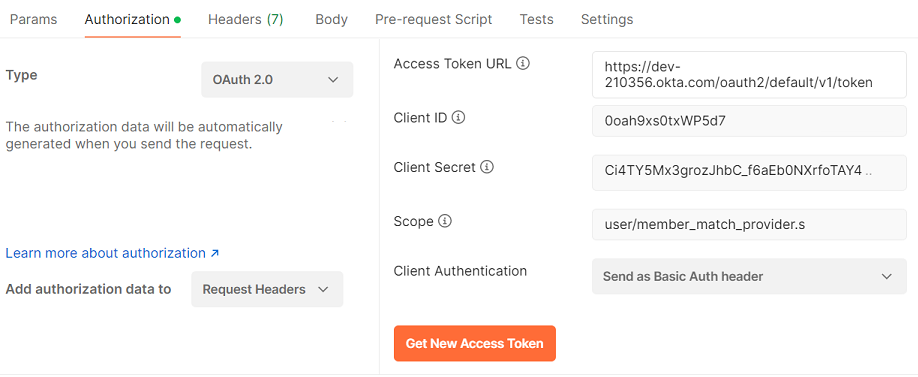Using the CMS-0057 Public Payer APIs
The public APIs documented here have been implemented by a payer organization using an InterSystems Payer Services solution in order meet the requirements of CMS-0057-FOpens in a new tab for the exchange of health care data.
Audience
This documentation is provided to help the partners of a payer organization use the public APIs to exchange health care data.
Prerequisites:
-
You are familiar with the Da Vinci implementation guidesOpens in a new tab for the APIs that you want to access.
-
You are a payer or provider working with a payer organization that has implemented a CMS-0057-FOpens in a new tab solution using InterSystems Payer Services.
-
The payer organization has provided you with a base URL.
-
The payer organization has provided you with client credentials and the URL of an OAuth 2.0 authentication server.
Service Overview
The payer APIs are designed in compliance with the CMS-0057-F regulations, which were written to enhance the exchange of health care data with the aim of improving prior authorization processes while reducing burden on patients, providers, and payers.
The APIs use the HL7® FHIR® R4 standardOpens in a new tab, a globally recognized framework for health care information exchange. To connect your application to these APIs, you will need to ensure that your application supports this standard.
Each service that a payer organization supports includes a FHIR server, which is an application that receives and processes FHIR requests through the published APIs.
Service Information
FHIR APIs
To use the FHIR APIs, you will need to know the base URL of the payer organization’s FHIR server that you will be connecting to. The payer organization should provide you with this information.
The FHIR base URL should be of the form:
https://<host>:<port>/<instance_identifier>/api/fhir/<service_identifier>
For example:
https://PayerX:8443/InstanceX/api/fhir/DTR
REST APIs
To use the REST APIs, you will need to know the base URL of the payer organization’s server that you will be connecting to. The payer organization should provide you with this information.
The REST base URL should be of the form:
https://<host>:<port>/<instance_identifier>
For example:
https://PayerY:8443/InstanceY
Capability Statement
The FHIR Capability Statement identifies the set of capabilities of the FHIR server for a particular version of the FHIR standard.
You can retrieve the Capability Statement for the service with a call to:
GET <FHIRBaseURL>/metadata
Authorization is not required when calling this endpoint.
Connecting Your Application
In order to use the FHIR and REST APIs, you (or your organization) must be set up as a client of the payer organization’s service that you will be accessing. The payer organization will register you as a confidential OAuth client with the necessary scopes to access the services you are authorized to use. The payer organization should then provide you with a URL and the client credentials (client ID and client secret) you will need to obtain a bearer token using a scope specific to the service that you are accessing. An example is shown below in Postman®:
